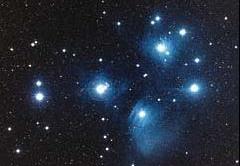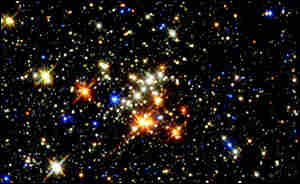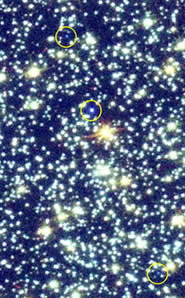|
and Their Evolution |
 |
|
and Their Evolution |
 |
 The Quintuplet open cluster
|
Open Clusters
|
|
Globular Clusters
|
globular cluster, the brightest in our sky and the largest known one in our galaxy [so big it may actually be a stripped-down dwarf galaxy!]. |
 |
Interesting Issues
|
![]()
page by luca bombelli <bombelli at olemiss.edu>, modified 29 sep 2012